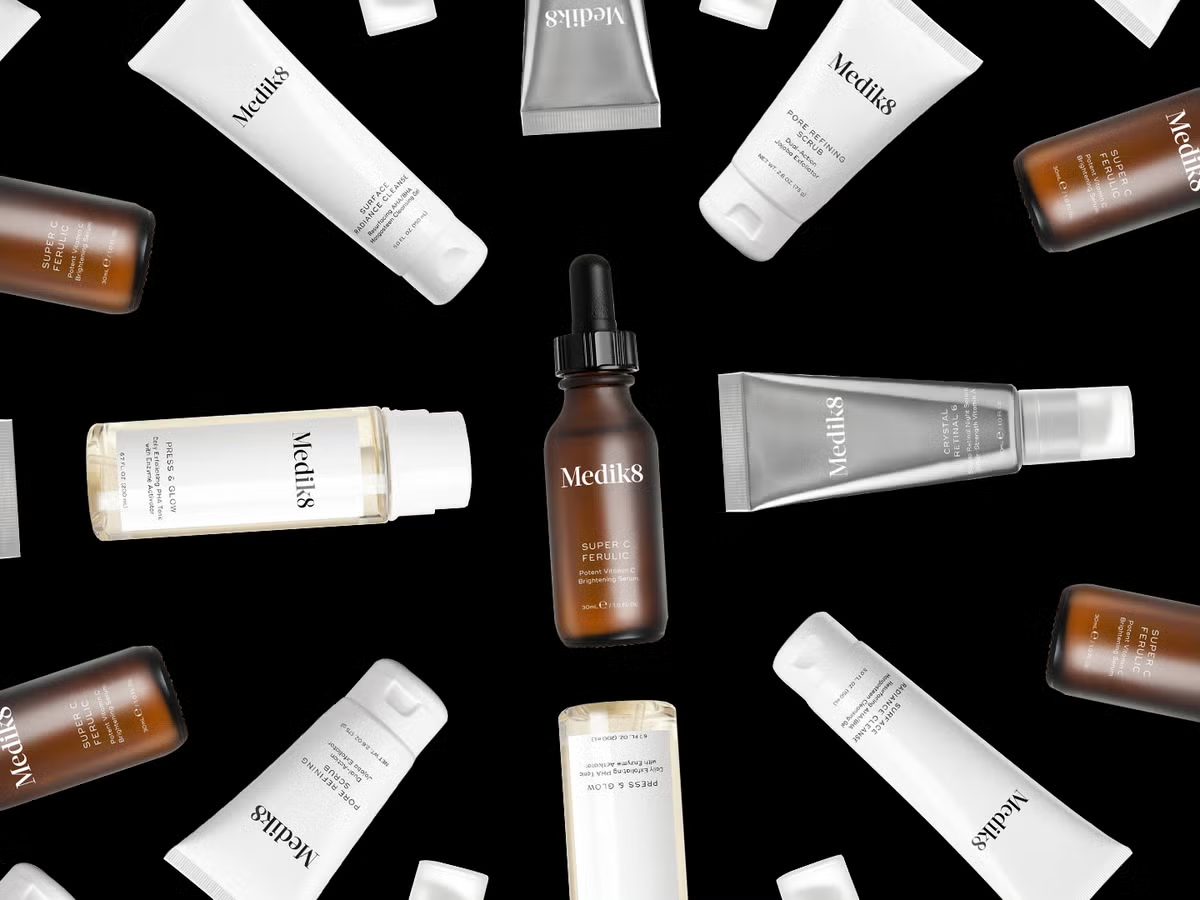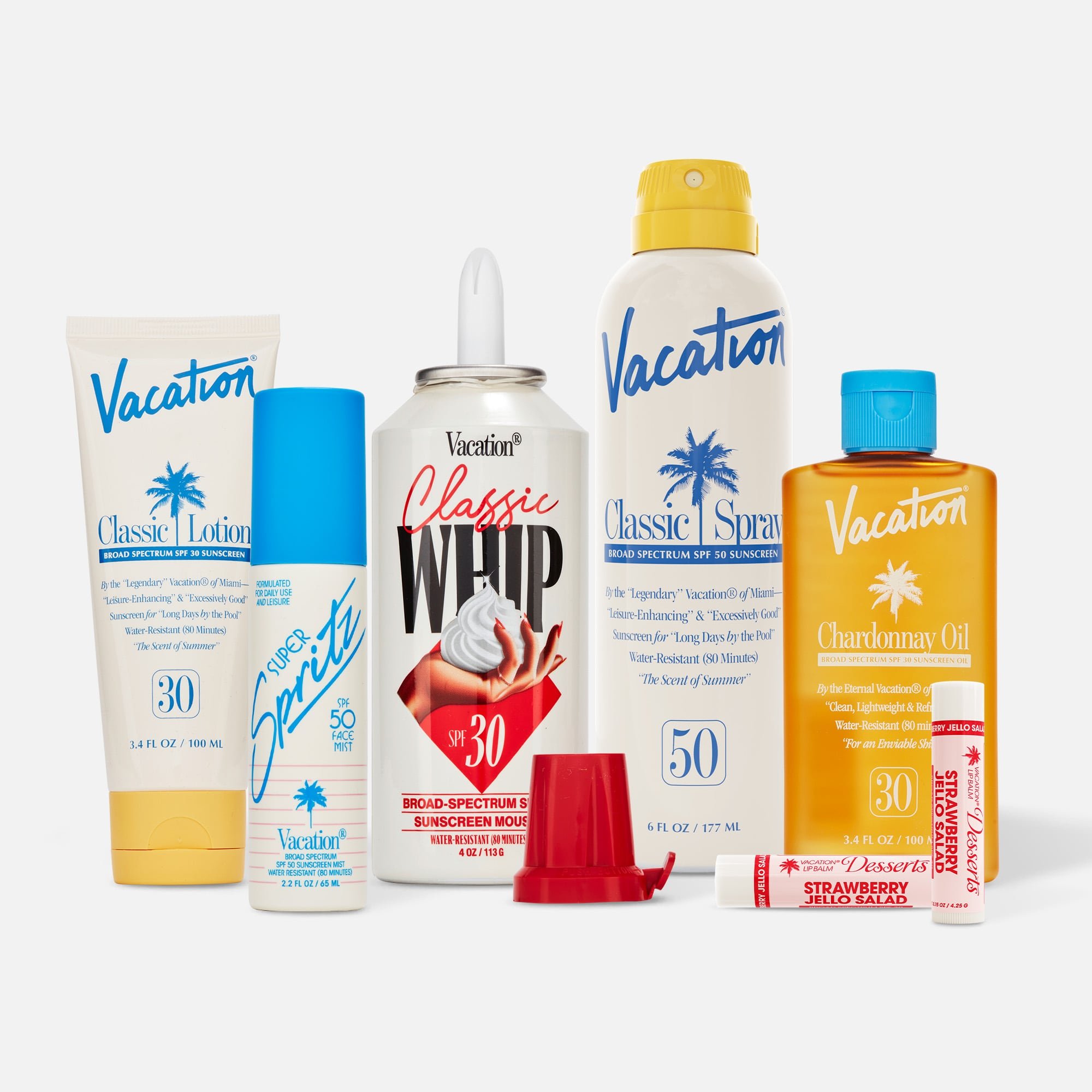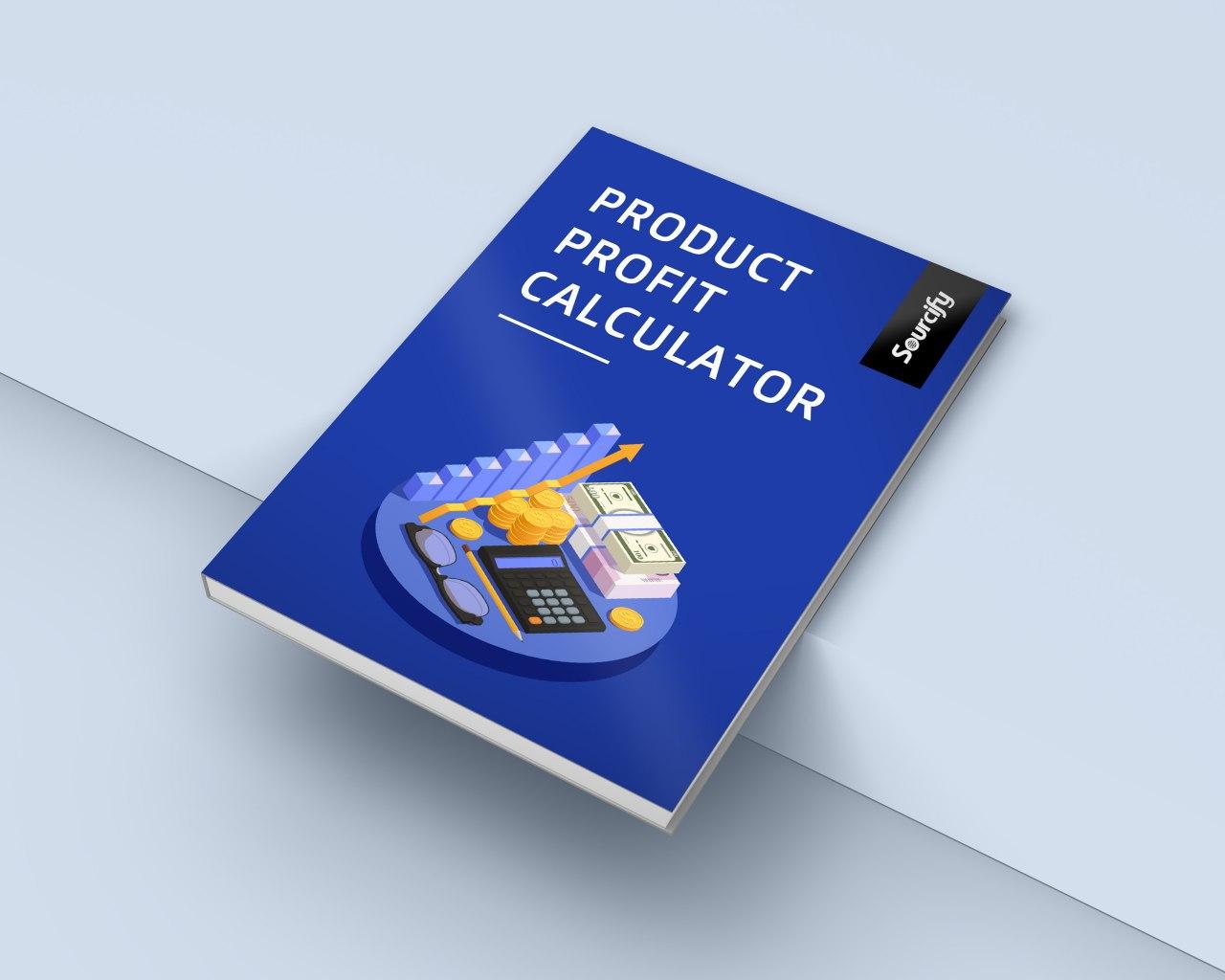1. Quick Anatomy Lesson: What Is Skin?
First principles first.
- Skin is the body’s largest organ.
- It covers ~20 square feet on the average adult and constantly interacts with the outside world.
Core functions:
- Protection – Blocks pathogens, chemicals, UV radiation, and physical trauma.
- Regulation – Manages hydration, temperature, and stores nutrients.
- Sensation – Nerve endings detect pressure, heat, cold, pain.
- Immune response – Hosts immune cells that react to threats.
- Communication – Redness, bumps, texture, flare-ups all reflect internal states (stress, hormones, illness).
Skin is the only organ that mirrors both biology and biography. It shows what you’ve lived through — literally.
Anatomy basics:
- Epidermis – Outer layer; includes dead skin cells, melanocytes, keratinocytes.
- Dermis – Middle layer; blood vessels, sweat glands, hair follicles, collagen, elastin.
- Hypodermis – Fat and connective tissue; cushions and insulates.
2. What Is Skincare Actually Doing?
Aaron sums it up as four jobs:
“Skincare is about four things: clean it, feed it, hydrate it, and protect it.”
- Clean – Gentle cleansing
- Removes excess oil, pollutants, dead skin.
- Uses surfactants to bind oil and water.
- Feed – Targeted actives (treatments)
- Retinoids, BHAs, vitamin C, niacinamide.
- Modulate cell turnover, inflammation, pigmentation.
- Hydrate – Moisturizers
- Humectants (glycerin, hyaluronic acid) attract water.
- Emollients (squalane, oils) smooth.
- Occlusives (petrolatum, butters) seal it in.
- Protect – SPF & antioxidants
- SPF absorbs/reflects UV.
- Antioxidants neutralize free radicals and pollution damage.
That’s the functional view. But skincare is also story, culture, status — and that’s where the history gets interesting.
3. A (Very) Compressed History of Skincare
Ancient Civilizations: Ritual, Status, and Spirituality
- Egypt – Oils, unguents, honey, frankincense, clay, aloe; used for sun, dryness, and spiritual purity. Cleopatra’s “milk baths” = early lactic acid peels.
- Greece & Rome – Bathhouses, olive oil cleansers, herbal infusions, wine toners.
- China & Japan – Rice water, jade rollers, pearl powder, camellia oil. Pale, smooth skin signaled refinement.
- India (Ayurveda) – Turmeric masks, neem paste, herbal oils; skin as a reflection of inner balance and health.
Skincare here was ritual and self-respect, not flaw correction.
Cleopatra used skincare to feel divine. Today, a lot of people use skincare just to feel acceptable.
Medieval → Enlightenment Europe: Skin as Social Signaling
This is where skincare really shifts psychologically.
- Medieval Europe
- Hygiene often seen as vanity.
- Pale skin = you didn’t work outdoors. Skin tone = class marker.
- Renaissance
- Lead-based white makeup becomes fashionable (and toxic).
- Cold creams (beeswax, rosewater, oils) emerge.
- Industrial Era (1700s–1800s)
- Soap becomes mass-produced.
- Early brands like Pond’s and Vaseline arrive.
- Appearance gets commercialized and standardized.
People were literally poisoning themselves to “look acceptable.”
20th Century: Modern Dermatology & “Anti-Aging”
Now we get the modern machine:
- Dermatology recognized as a specialty (1930s).
- Retinoids, AHAs, and UV research change how we understand aging and acne.
- Brands like Olay and Estée Lauder introduce “anti-aging,” reframing aging as a problem to be fixed.
- 1980s–1990s:
- Cosmeceuticals blur cosmetic vs. therapeutic.
- Derm-backed brands (Neutrogena, etc.) go mass.
- SPF, retinol, and acids enter mainstream.
Did modern skincare democratize beauty — or just give everyone more to worry about?
2000s–Today: Skincare as Lifestyle, Content, and Identity
We’re now in the era of:
- Science x Consumer Demand
- Ingredient transparency (The Ordinary-style branding).
- Derm-led TikTok and YouTube (Dr. Shah, etc).
- More education—and more overwhelm.
- Clean Beauty
- “Non-toxic,” “paraben-free,” “clean” claims.
- Sometimes grounded in science, sometimes in fear.
- SPF Renaissance
- Brands like Vacation and Ultra Violette make sunscreen fun, sensorial, and lifestyle-driven.
- Personalization
- Telehealth and quiz-based personalization (Curology, Revea, etc.).
- Still often more “perceived personalization” than true diagnostics.
In ancient times, skincare was ritual.
In medieval Europe, it was status.
In the 20th century, it became a race against time.
Today, it’s a mosaic of personalization, pressure, empowerment, and performance — all living on your face.
4. How Dermatologists Think About Products Today
Most clinically-minded derms sort products into four buckets:
- Prevention
- SPF, antioxidants, barrier creams.
- Goal: protect against UV, pollution, oxidative stress.
- Maintenance
- Gentle cleansers, moisturizers, humectants.
- Goal: keep the barrier healthy and hydrated.
- Treatment / Repair
- Acne: benzoyl peroxide, salicylic acid.
- Aging: retinoids, peptides, AHAs.
- Pigmentation: hydroquinone, tranexamic acid, azelaic acid.
- Rescue
- Ceramides, colloidal oatmeal, occlusives, prescription steroids.
- For flare-ups, irritation, barrier damage.
If you’re building a brand, knowing which bucket you play in affects everything: claims, regulatory exposure, price point, and where you can sell.
5. Market Size, Growth, and Who Owns What
Market Size
- Global skincare (2025): ~$122B
- Projected (2032): ~$194B (≈6.8% CAGR)
- Face care ≈ 60% of the category. The rest is body, sun, and specialty treatments.
Top markets by size:
- China (~$30B) – Luxury, derm brands, tech-savvy Gen Z.
- US (~$25B) – Mature, saturated, but huge; derm-led & influencer brands thrive.
- Japan (~$12B) – Long-standing beauty culture, refinement, anti-aging focus.
Fastest-growing markets: India, Indonesia, Nigeria/South Africa, Brazil.
The Conglomerate Map
Big strategics quietly own a huge chunk of what’s on shelves:
- L’Oréal Group – CeraVe, La Roche-Posay, Vichy, SkinCeuticals
- Estée Lauder – Estée Lauder, Clinique, Origins, Dr. Jart+, DECIEM
- Unilever – Pond’s, Dermalogica, Simple, Paula’s Choice
- P&G – Olay, SK-II, Native
- Shiseido – Shiseido, Drunk Elephant, NARS (hybrids)
- Johnson & Johnson / Kenvue – Neutrogena, Aveeno, Clean & Clear
- Beiersdorf – Nivea, Eucerin, Aquaphor
- Colgate-Palmolive – PCA Skin, EltaMD
This is the “exit universe” for a lot of venture-backed brands.
M&A: Why Skincare Is a Deal Machine
- Deal volume up ~30% YoY recently.
- Buyers are mostly:
- Strategics – L’Oréal, Estée Lauder, Unilever, P&G, Shiseido.
- PE & Growth Equity – General Atlantic, Advent, Carlyle, VMG, L Catterton, etc.
Recent notable deals:
- Rhode → e.l.f. for ~$1B (2025)
- Medik8 → L’Oréal majority stake at ~$1B (2024)
- Galderma stake → L’Oréal (~$1.85B)
- Hero Cosmetics → Church & Dwight for $630M (2022)
If you’re building a skincare brand with an exit in mind, this is the scoreboard.
6. Skincare Philosophies Around the World
The ingredients often overlap. The philosophies don’t.
Asia: Ritualized, Preventative, Gentle
- Daily routines, not quick fixes.
- Focus on hydration, barrier support, long-term skin health.
- Hero ingredients: fermented rice, green tea, snail mucin, ginseng.
- Legacy: layered routines, gentle actives, skin-first beauty.
North America: Results-Driven, Marketing-Led
- Speed, performance, problem-solving.
- “Fix acne now,” “brighten fast,” “erase wrinkles.”
- Heavy on derm-science, retinoids, acids, influencers, and celebrity brands.
- Legacy: turned skincare into a high-growth, high-drama business.
Why do Western consumers wait for a skin issue before they act — while Eastern consumers treat skincare like brushing their teeth?
Europe: Minimalist, Functional, Therapeutic
- Especially in France & Germany:
- Pharmacies as the epicenter of skincare.
- Fewer products, more trust, strong regulation.
- Legacy: pharmacy skincare as cult object (La Roche-Posay, Avène, etc.).
Africa & Middle East: Nourishing, Protective, Ancestral
- Focus on barrier care, sun protection, and moisture.
- Hero ingredients: shea butter, argan oil, moringa, herbal oils.
- Legacy: repair, ritual, and community practices (e.g., hammams).
India & Ayurveda: Inner Balance Meets Outer Ritual
- Skin mirrors digestion, energy, and internal balance.
- Herbal and oil-based rituals: turmeric, neem, sesame oil.
- Legacy: foundational to modern “clean,” “natural,” and ritual-focused positioning.
Brazil & Latin America: Body-First, Sensual, Sun-Safe
- Full-body beauty, radiance, movement.
- Body care is central, not an afterthought.
- Hero ingredients: açaí, caffeine, cupuaçu butter.
Brazil leads with body confidence, making skincare about joy and movement — not just a 6-inch rectangle on your face.
7. Under the Hood: Formulas, Factories, and Packaging
The Three-Layer Formula: Base, Support, Actives
Almost every skincare product boils down to:
- Base (Vehicle) ~80–95%
- Water, oils, silicones, emulsifiers, humectants, stabilizers, preservatives.
- Determines texture, spreadability, absorption.
- Support Ingredients ~1–5%
- Fragrance, color, pH adjusters, penetration enhancers.
- Make the product feel good, smell good, and look good.
- Active Ingredients ~0.1–10%
- Vitamin C, retinoids, niacinamide, AHAs/BHAs, peptides, azelaic acid, SPF filters.
- Tiny fraction of volume, huge share of cost and marketing.
Higher percentage ≠ automatically better. pH, stability, and delivery matter more.
Who Actually Makes This Stuff?
Manufacturing is clustered:
| Region | Strengths |
|---|---|
| South Korea | K-beauty innovation, fast iteration, flexible MOQs |
| China | Bulk raw materials, tubes, pumps, components |
| US (CA, NJ, TX) | Prestige/“clean” manufacturing, FDA familiarity |
| France/Germany | Heritage pharmacy, luxury formulations, EU compliance |
| India | Ayurveda, botanicals, emerging cosmeceuticals |
| Canada | Highly regulated, natural-focused brands (e.g. DECIEM) |
Types of partners:
- CMO (Contract Manufacturer) – You own the formula; they just make it.
- CDMO (Development + Manufacturing) – They help create the formula; often retain IP unless you negotiate otherwise.
A lot of sizable brands have wildly complex, multi-country supply chains because no single factory can do everythingthey need at scale, cost, and quality.
Packaging: The Other Supply Chain
- Almost always cross-border.
- China: dominates molds, pumps, plastic, and glass at scale.
- Italy/Germany: luxury glass, fragrance bottles, metallized finishes.
- US/Canada: smaller base, higher cost, good for stock packaging.
Challenges:
- MOQs of 5,000–10,000+ per SKU for custom pieces.
- 12–16 week lead times.
- Compatibility testing: not every bottle plays nice with vitamin C or high-actives.
8. Formulation Challenges & Regulatory Guardrails
Why Custom Formulations Are Hard
- Stability – Vitamin C, retinoids, and many biotech actives oxidize easily.
- Compatibility – Some ingredients/pH ranges don’t mix.
- Sensory – No pilling, good slip, pleasant scent = harder chemistry.
- Cost & sourcing – Peptides, encapsulated actives, biotech ingredients are pricey.
- Testing – Stability, micro, irritation, plus clinicals if you want strong claims.
- Regulatory – “Treats,” “heals,” or “repairs” can tip you into drug territory.
US Regulatory Snapshot (High Level)
- 1938 Food, Drug, and Cosmetic Act defines:
- Drugs – treat or prevent disease / alter structure or function.
- Cosmetics – cleanse, beautify, promote attractiveness.
Claims like “hydrates” or “improves the appearance of fine lines” = cosmetic.
Claims like “boosts collagen production” or “repairs barrier at cellular level” = drug-like.
- MoCRA (2023) now requires:
- Brand registration with FDA
- Adverse event reporting
- GMP-compliant manufacturing (enforceable July 2025)
Outside the US:
- EU & Canada – Stricter pre-market compliance, 1600+ ingredient bans/limits vs. ~11 in the US.
- China – Historically required animal testing (easing, but still nuanced).
- Australia – Treats sunscreen as a therapeutic good (much higher bar).
If you’re going global, your regulatory strategy is not an afterthought — it’s a product decision.
9. Go-to-Market: White Label vs. Unique IP
Rough rule-of-thumb:
- ~70% of new brands → white label
- Fast, cheap, low barrier.
- Great for influencer tests or Amazon-only brands.
- No IP moat, hard to stand out, limited retail potential.
- 20–25% → custom formulations
- 6–12 month timeline.
- Ownable claims, IP, clinical validation.
- Typical path for brands aiming at Sephora / Ulta / Target / M&A.
- ~5% → true IP/biotech-driven
- Novel actives, delivery systems, or diagnostics.
- Long R&D cycles, but strongest defensibility.
- Catnip for VCs and strategics.
10. Where VCs Are Betting in Skincare
Some of the investors circling the space:
- L Catterton – Eighth Day, Tula (exit)
- Forerunner – Glossier, Curology
- Imaginary – Topicals, Necessaire
- VMG – OSEA, Hero (exit)
- Prelude Growth – Sol de Janeiro, Summer Fridays
They’re drawn to:
- Clinical/derm-backed brands
- BIPOC-focused & inclusive brands
- Personalization & telederm
- Biotech/IP-driven formulations
- Refillable/low-waste “clean” systems
11. Big Takeaways for Founders
A few closing lines from Nathan and Aaron that stuck:
- “Skincare isn’t just about skin — it’s a mirror of culture, values, and identity.”
- From temples to TikTok, skincare has always reflected how we live — and what we aspire to.
- For brands today, that’s both an opportunity and a responsibility:
- You’re not just selling a serum.
- You’re selling a philosophy, a routine, a story about how someone should see themselves.
If you’re building in skincare, you’re playing at the intersection of biology, culture, regulation, and supply chain complexity. Get that mix right, and you’re not just making a nice moisturizer — you’re building a very real, very valuable asset in the hottest M&A category in CPG.




